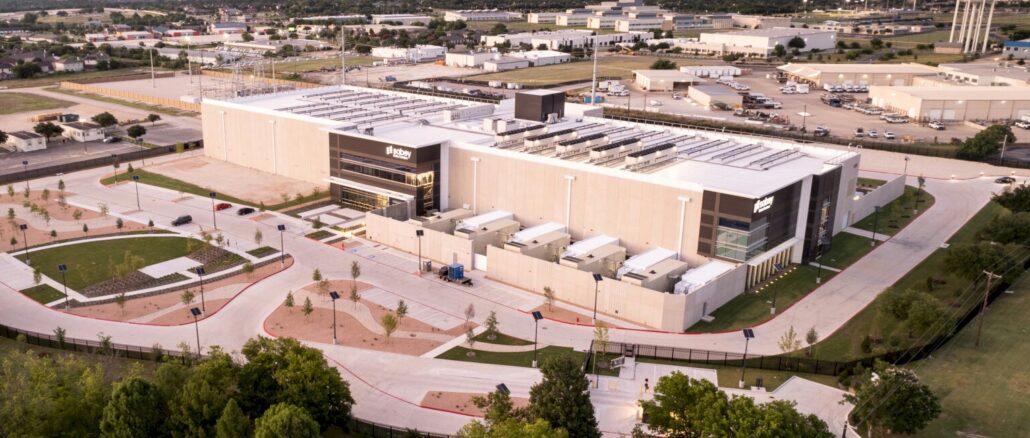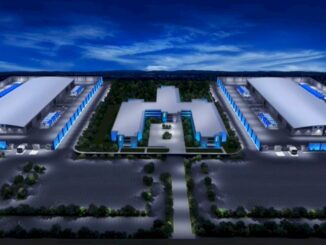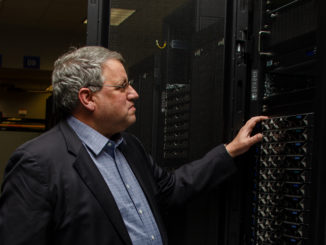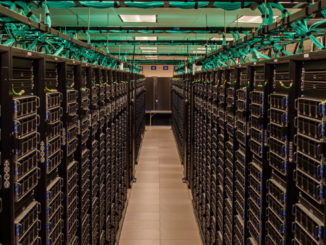
If NSF Snoozes, Then TACC’s “Horizon” Supercomputer Loses
It is a tumultuous time for any agency in the US government or any company or organization that depends on the US government for a sizable portion of its funding or revenue. …

It is a tumultuous time for any agency in the US government or any company or organization that depends on the US government for a sizable portion of its funding or revenue. …

The Texas Advanced Computing Center at the University of Austin is the flagship datacenter for supercomputing for the US National Science Foundation, and so what TACC does – and doesn’t do – is a kind of bellwether for academic supercomputing. …

The national supercomputing centers in the United States, Europe, and China are not only rich enough to build very powerful machines, but they are rich enough, thanks to their national governments, to underwrite and support multiple and somewhat incompatible architectures to hedge their bets and mitigate their risk. …

When you host the workhorse supercomputers of the National Science Foundation, you strive to provide the best possible solutions for your scientists. …

All of the major HPC centers of the world, whether they are funded by straight science or nuclear weapons management, have enough need and enough money to have two classes of supercomputers. …

With HPC and AI workloads only getting larger and demanding more compute power and bandwidth capabilities, system architects are trying to map out the best ways to feed the beast as they ponder future systems. …

The HPC community spends a lot of time tracking the development of and production use of the flagship machines deployed by the major national and academic labs of the world. …


Dan Stanzione has a lot of compute power at his fingertips. …

The husband and wife team of Abdurrahman and Tülay Ateşin are experimental scientists who unexpectedly became involved with supercomputers when they moved to Texas in 2013. …
All Content Copyright The Next Platform